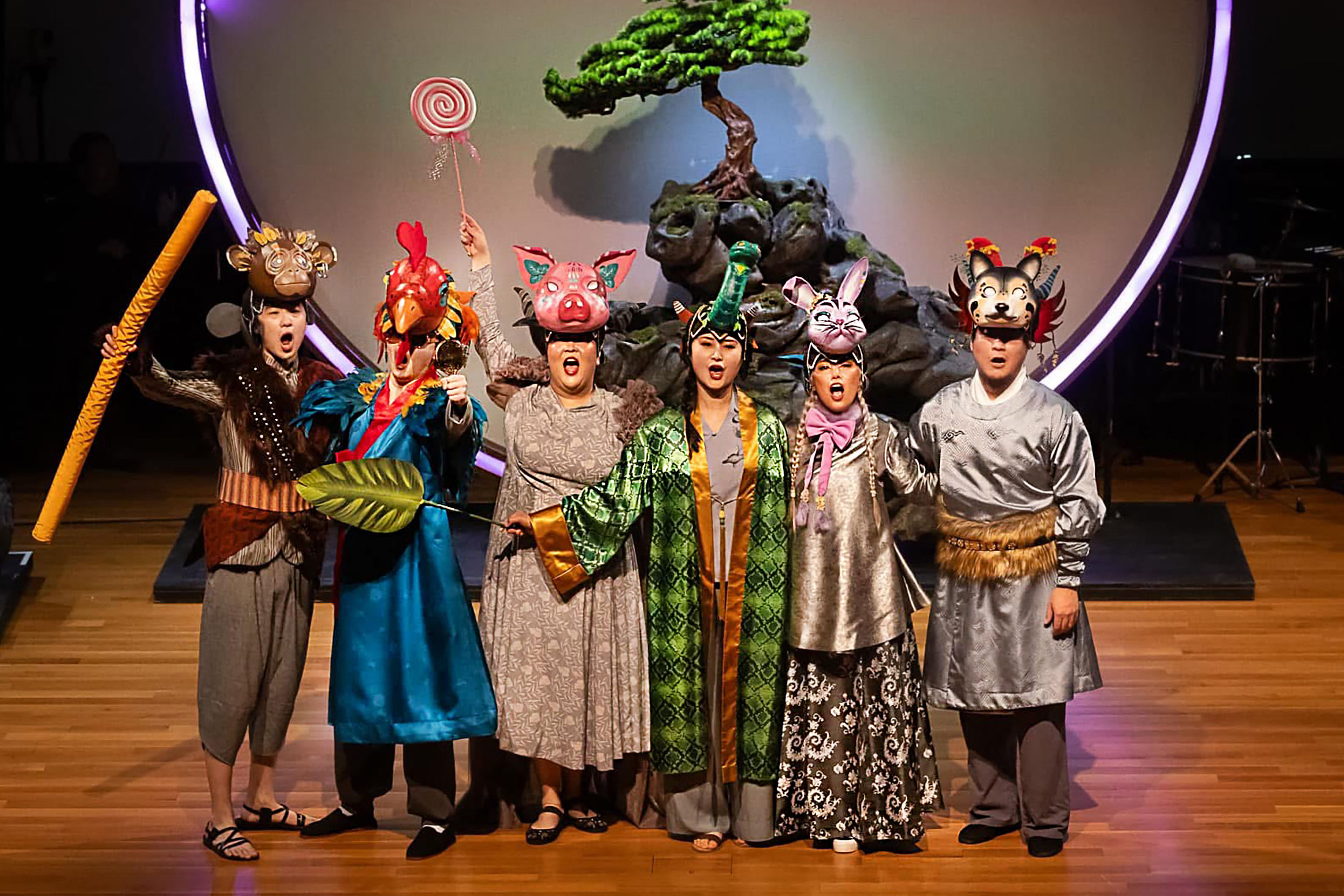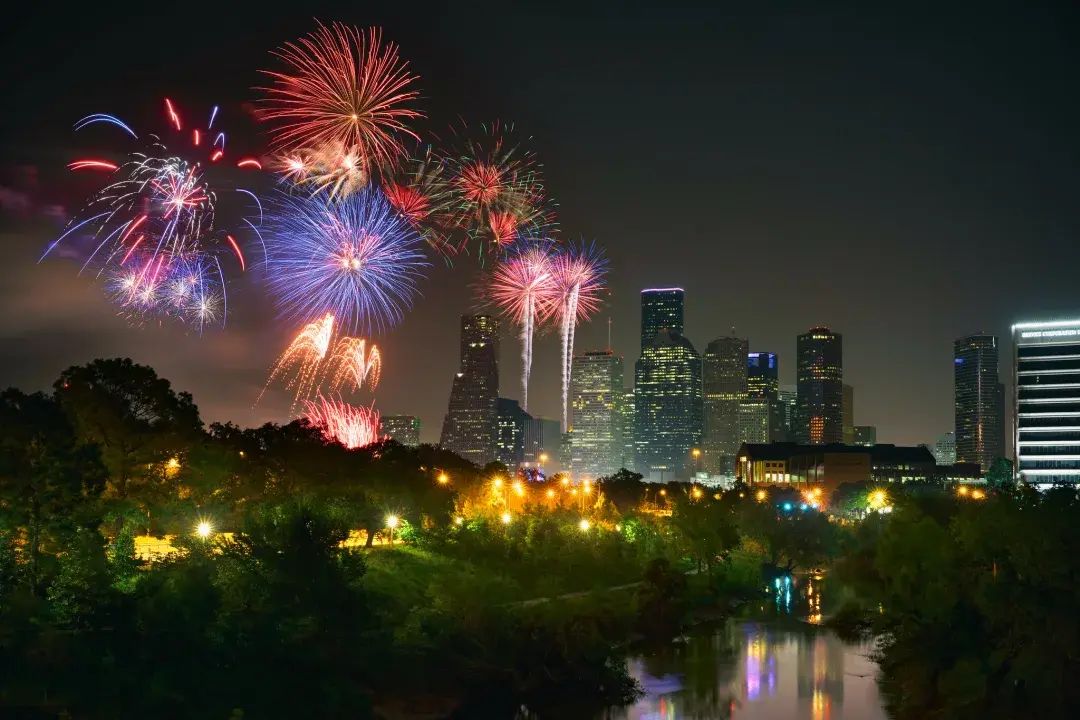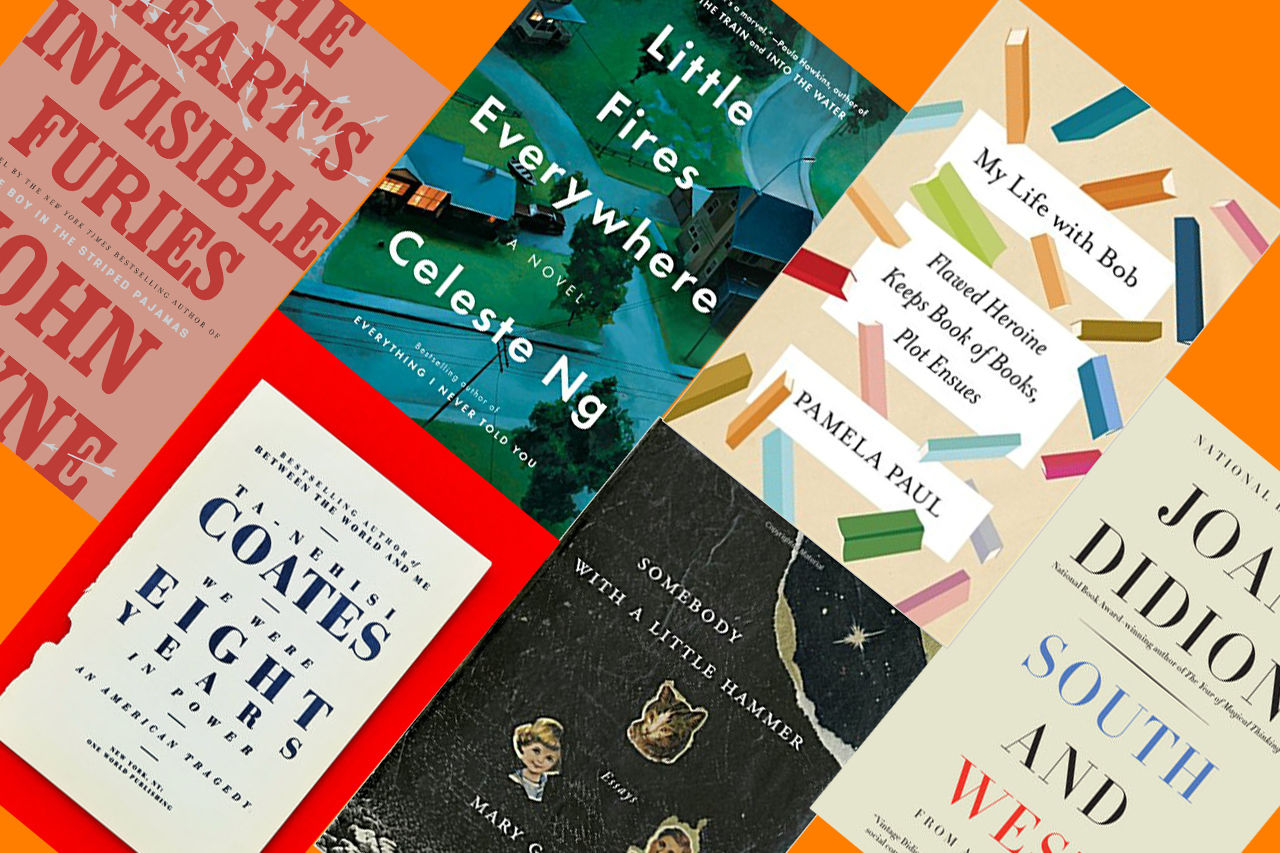
These Are The Books We Loved in 2017
COLUM MCCANN WRITES in his new book Letters to a Young Writer that “Literature can be a stay, or a foothold against despair. Is that enough? Of course it’s not enough, but it’s all we’ve got.”
In a year that’s been extraordinary in many ways, both good and bad, literature has felt like more of a stay than ever. Books help us make sense of the world, particularly when the world feels like it doesn’t make any sense. Again and again this year I’ve found myself turning to books, and the result is that I’ve read 154 books. (So far. I’ve still got a few more days.) Forty-eight of those were books released in 2017. Here are the four best books from this year—presented in alphabetical order by author—as well as six honorable mentions. They’re all worth checking out and carrying into next year.
Best of:
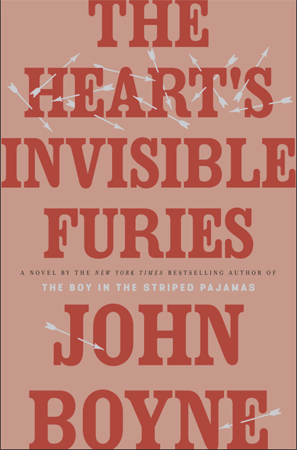
Image: Courtesy Hogarth
The Heart’s Invisible Furies by John Boyne
Boyne is perhaps best known for his Holocaust novel The Boy in the Striped Pajamas, but in his 16th book, he draws on his Irish roots to give us the story of the orphan Cyril Avery. The Heart’s Invisible Furies is a traditional bildungsroman writ large, clocking in at nearly 600 pages, but each section jumps seven years forward in Cyril’s life. It’s a gimmick, but Boyne uses it as a way for Cyril to question his national and sexual identities in various historical eras and locales over the course of his life. Full of heart-rending coincidences and meaningful character work, The Heart’s Invisible Furies is a nice reminder that a book that seems so traditional can still surprise.
Try this writer out: Read Boyne’s essay “Women are Better Writers than Men” here.
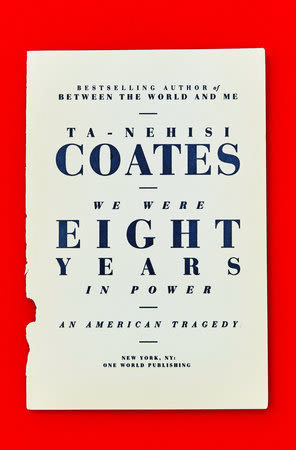
Image: Courtesy of Random House
We Were Eight Years in Power: An American Tragedy by Ta-Nehisi Coates
We Were Eight Years in Power collects eight stellar essays from Coates—one for each year of Obama’s presidency, originally published in The Atlantic—which would probably be enough for the book to merit inclusion on this list. But it’s the prefatory pieces that Coates writes for each essay that make this collection a knockout. Before each essay, Coates questions himself: What was he right or wrong about? What did he overlook? What has he learned? It’s thrilling to see a writer reflect so lucidly on his own process and product. We Were Eight Years in Power shows us one of our foremost cultural critics finding his way as a writer, and encourages us to keep thinking and questioning, too.
Try this writer out: Read Coates’ essay “The First White President” here.
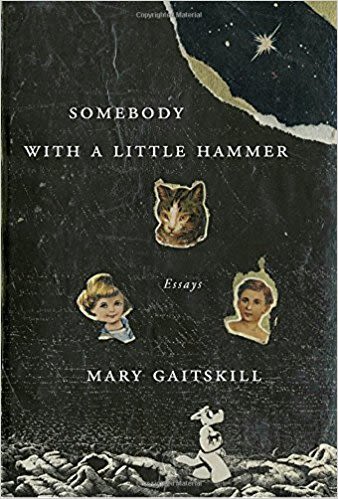
Image: Courtesy of Random House
Somebody with a Little Hammer: Essays by Mary Gaitskill
Gaitskill is mostly known for her fiction, but she’s been steadily churning out reviews and essays for decades. Somebody with a Little Hammer collects much of her nonfiction. Over the past few decades, she’s written about topics as diverse as Gone Girl, the wives of politicians, Peter Pan, date rape and Celine Dion. As a critic, Gaitskill’s particular power is that she illuminates as she unsettles. She’s wickedly funny—in one book review, she deploys the line, “B*tch, excuse me?” with utter seriousness—but her prickly sense of humor is backed up by a keen intelligence and sense of what informs her tastes. Somebody with a Little Hammer also includes personal essays and memoirs, including “Lost Cat,” a memoir in which Gaitskill reflects on class, privilege and notions of love. It’s devastating but reaffirming, and it’s one of the best pieces of personal writing I’ve ever read. In these varied pieces, Gaitskill proves that she has a voice and sensibility like no other.
Try this writer out: Read Gaitskill’s piece “Lost Cat” here.
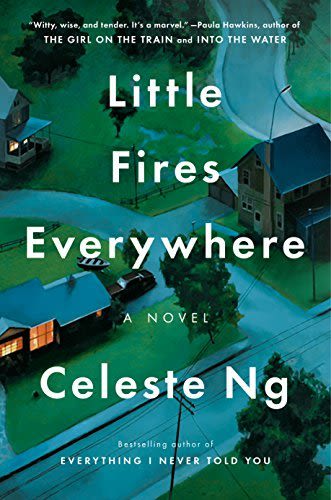
Image: Courtesy of Penguin Press
Little Fires Everywhere by Celeste Ng
Ng follows up and perhaps exceeds her blockbuster debut Everything I Never Told You with another tale of suburban disruption in Little Fires Everywhere. Set in the community of Shaker Heights, Ohio, where Ng grew up, much of the plot revolves around a custody case that causes battle lines to be drawn in a usually orderly town. Using a large cast of characters of Shaker Heights insiders and outsiders, Ng sets her characters at odds to interrogate race, class and privilege in a way that’s provocative without ever being preachy. It’s a quiet book, but one that’s often boiling with intensity.
Try this writer out: Read Ng’s essay “What Did My Mother the Chemist See in Betty Crocker?” here.
Honorable Mentions:
South and West: From a Notebook by Joan Didion
Largely drawn from Didion’s notebooks from a trip to the South in 1970, South and West gives us a peek into the mind of one of America’s greatest writers and the region that caused her to throw up her hands in confusion.
White Tears by Hari Kunzru
Kunzru’s newest novel is a ghost story of sorts, but it’s the horrors of cultural appropriation and the consequences for all involved that make this book so haunting.
Map to the Stars by Adrian Matejka
Indiana’s new poet laureate’s fourth collection focuses on both the mundane and the heavenly, and these poems put Matejka’s earthbound self and his astronomical aspirations in conversation with each other.
My Life with Bob: Flawed Heroine Keeps Book of Books, Plot Ensues by Pamela Paul
Paul, editor of the New York Times Book Review, uses Bob—her “book of books”—to track the progress of her life, think about the power of literature, and make me feel a little less neurotic about keeping my own book of books.
The Bright Hour: A Memoir of Living and Dying by Nina Riggs
This memoir by Riggs, who died at the age of 37 from breast cancer, is a beautifully open record of her life from her diagnosis right up until the end. There’s no vanity or frills here, just honesty.
Young Jane Young by Gabrielle Zevin
Zevin takes what could be an icky premise—a Monica Lewinsky-like figure who creates a second act for herself—and handles it with care. The result is an empowering and funny book that’s way more thoughtful than it ever needed to be, but in the best way.









